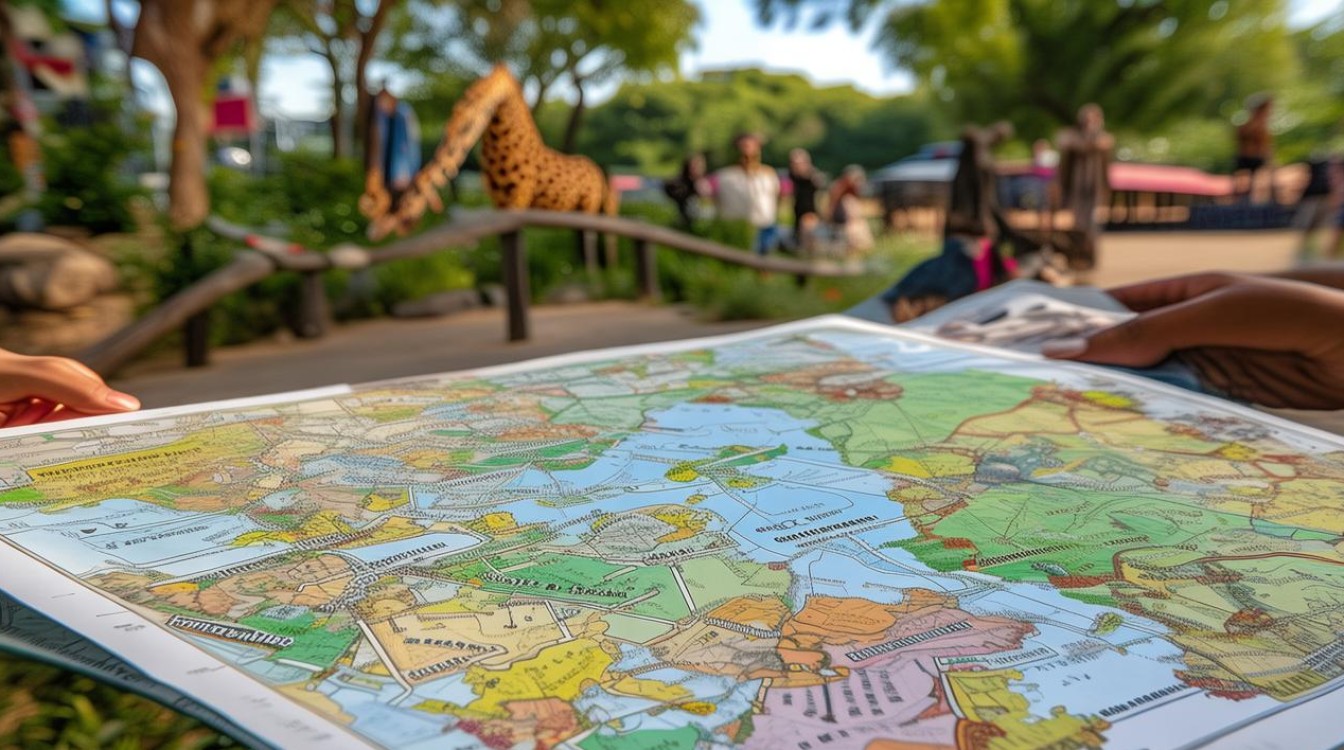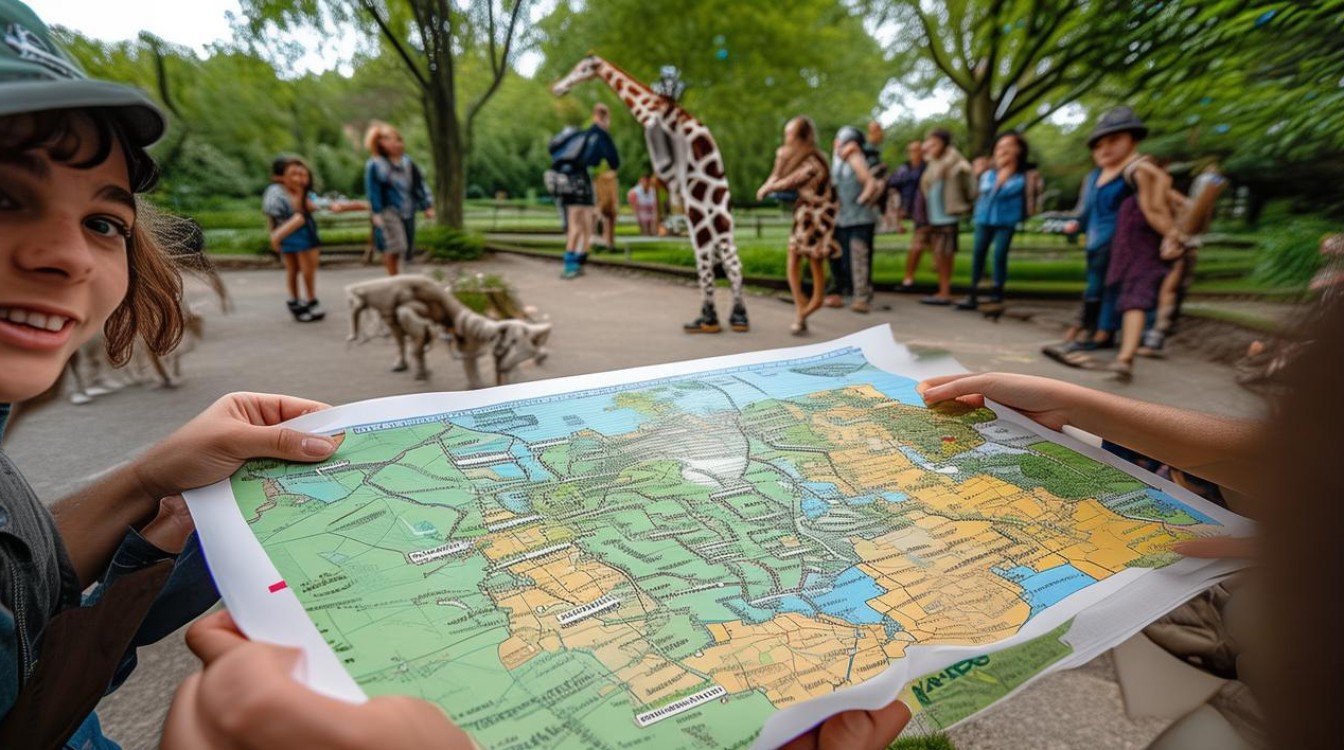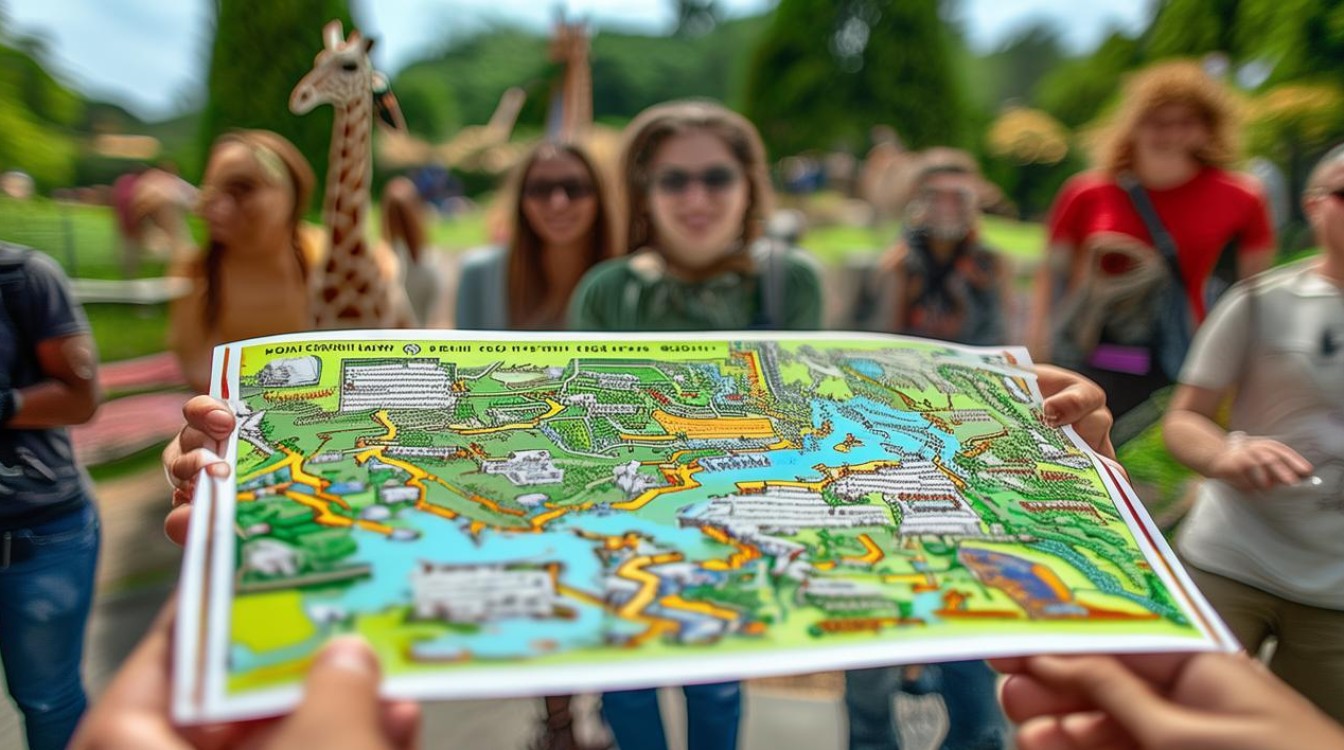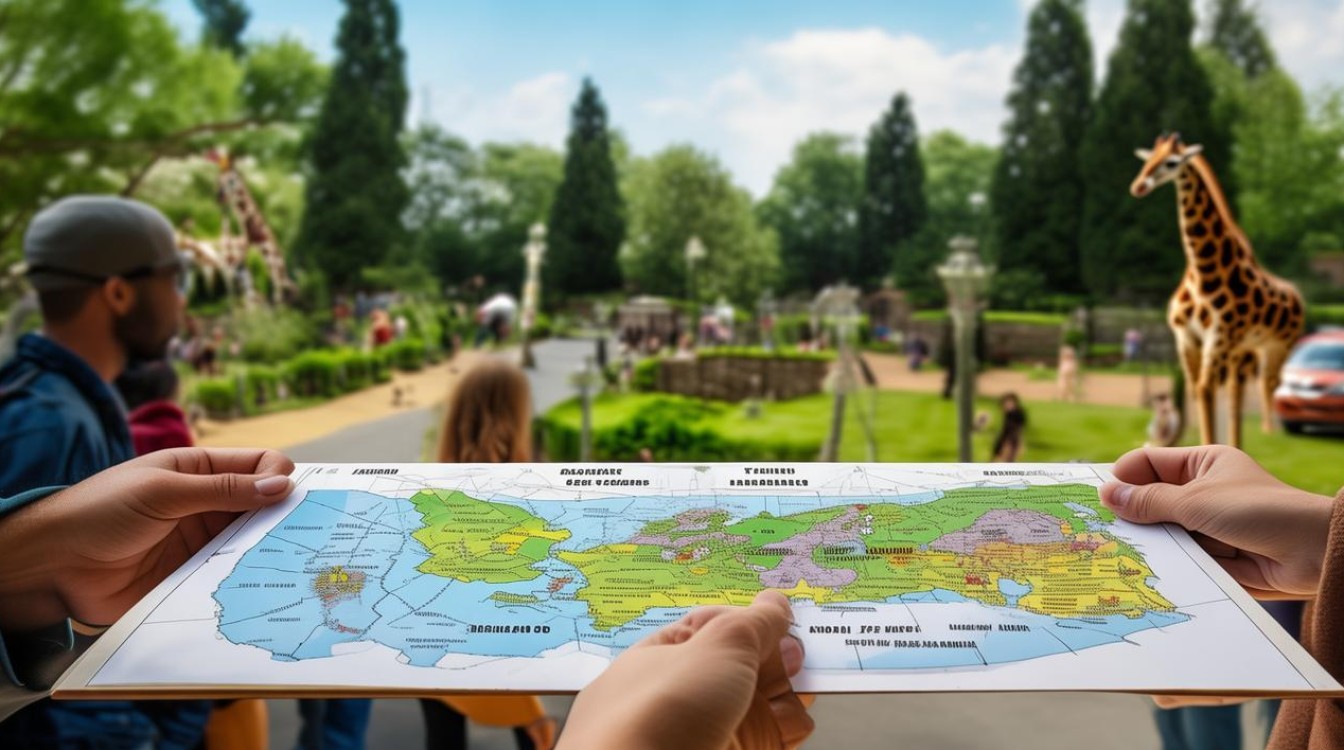A trip to the zoo is an exciting adventure for people of all ages. Whether you're a student, a parent, or simply an animal lover, knowing the right English words can enhance your experience. This guide covers essential vocabulary related to zoo visits, animal exhibits, and conservation efforts.

Common Zoo Animals and Their Habitats
Zoos house a wide variety of creatures from different parts of the world. Here are some key animals you might encounter:
- Mammals: Lions, tigers, elephants, giraffes, zebras, bears, monkeys, gorillas, kangaroos.
- Birds: Parrots, eagles, penguins, flamingos, owls, peacocks.
- Reptiles: Snakes, turtles, crocodiles, lizards, iguanas.
- Amphibians: Frogs, toads, salamanders.
- Aquatic Animals: Dolphins, seals, sharks (in aquariums), otters.
Each animal lives in a specific habitat designed to mimic its natural environment:
- Savanna: Open grasslands for zebras, giraffes, and lions.
- Rainforest: Dense, tropical areas for monkeys, parrots, and snakes.
- Desert: Dry regions for camels, meerkats, and certain reptiles.
- Polar Zone: Cold climates for penguins and polar bears.
Zoo Facilities and Exhibits
Understanding zoo layouts helps visitors navigate efficiently. Key terms include:

- Enclosure: The area where an animal is kept, often with barriers for safety.
- Aviary: A large cage or space for birds to fly freely.
- Aquarium: A tank or building housing fish and marine life.
- Petting Zoo: An interactive area where visitors can touch and feed gentle animals like goats and sheep.
- Nocturnal House: A dimly lit exhibit for animals active at night, such as bats and owls.
Visitor Activities and Rules
Zoos offer engaging experiences while ensuring safety for both guests and animals. Common activities include:
- Guided Tours: Led by zoo staff to provide educational insights.
- Feeding Sessions: Scheduled times when visitors can watch animals being fed.
- Animal Shows: Demonstrations of animal behaviors, often with trainers.
- Conservation Talks: Presentations on wildlife protection efforts.
Important rules to follow:
- Do not feed animals unless permitted.
- Stay behind barriers for safety.
- Avoid loud noises to prevent stressing animals.
- Dispose of trash properly to keep the zoo clean.
Conservation and Wildlife Protection
Modern zoos play a crucial role in protecting endangered species. Key terms related to conservation:

- Endangered Species: Animals at risk of extinction, like pandas and rhinos.
- Breeding Programs: Efforts to increase population numbers of rare animals.
- Habitat Preservation: Protecting natural environments from destruction.
- Wildlife Sanctuaries: Safe spaces for rescued or rehabilitated animals.
Many zoos support global conservation projects, and visitors can contribute by donating or spreading awareness.
Useful Phrases for Zoo Visits
If you're visiting an English-speaking zoo, these phrases may help:
- "Where is the lion exhibit?"
- "What time is the penguin feeding?"
- "Can I get a map of the zoo?"
- "Are there any special shows today?"
- "How can I support conservation efforts here?"
A day at the zoo is not just about seeing animals—it’s about learning, appreciating wildlife, and understanding the importance of protecting our planet’s biodiversity. With this vocabulary, you’ll be well-prepared to enjoy and discuss your visit confidently.


